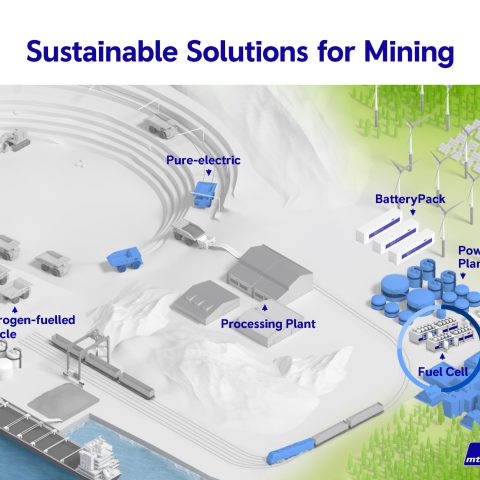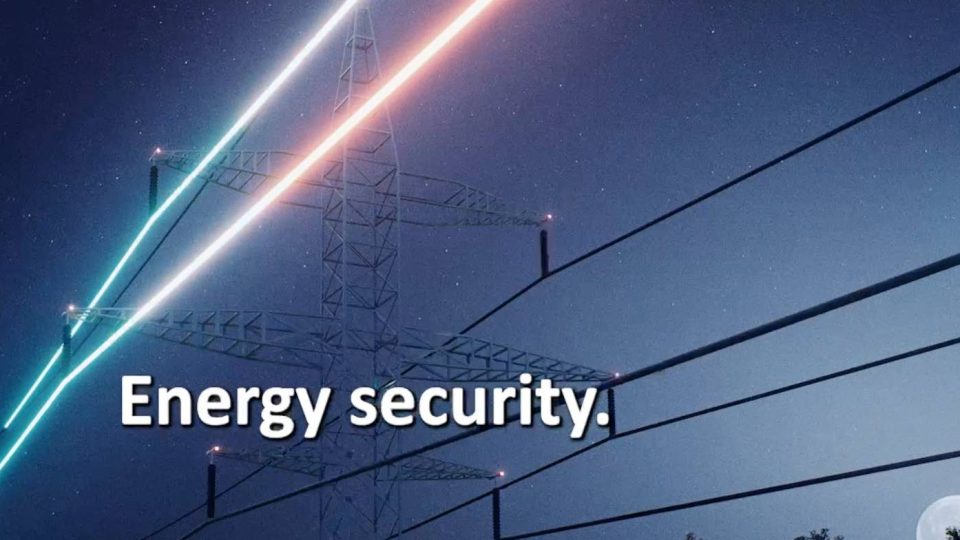Europe and its overreliance on Russian gas
In the face of the Ukrainian crisis, it is clear that Europe can no longer depend on the gas of a single country

Europe should diversify its energy supply sources to free itself from dependence on Russian gas. It is there for all to see after the invasion of Ukraine. This is pointed out by The Institute for Energy Economics and Financial Analysis (IEEFA).
Europe can’t be under in check of a single Country
According to IEEFA, the EU began efforts to seriously diversify its supply in 2004, when it adopted its first gas supply rules that were expanded in 2010, and revised again in 2017. A country must be able to meet peak gas demand even if its largest single piece of gas import infrastructure goes offline. The N–1 rule was intended to prevent the consequences of pipeline disputes that occurred when Russia cut off gas through Ukraine, creating a supply crunch in much of Western Europe.
WÄRTSILÄ POWER TO GAS TECHNOLOGY
“In practice, the N–1 rule was a boon for the European Network of Transmission System Operators for Gas (ENTSO-G), whose members were financially rewarded for building gas infrastructure, whether or not it was truly needed,” said Clark Williams-Derry, IEEFA energy finance analyst and report co-author. The emphasis on building redundancy in gas infrastructure undermined a more fundamental priority—the need to move away from gas entirely, and towards more secure and sustainable energy sources like renewables that are more resistant to political and market disruptions. Russian gas offered the cheapest and most abundant replacement for the EU’s falling output, setting the stage for Russia’s increasing dominance of European gas markets.
Diversyfing Europe’s sources, not gas routes!
“Instead of diversifying the EU’s sources of energy to replace gas, Europe has spent a great deal of time diversifying gas supply routes, particularly pipelines from Russia,” said Ana Maria Jaller-Markarewicz, IEEFA Energy Analyst Europe and co-author of the report. As of 2010, Russia was already the EU’s largest supplier of imported gas, accounting for 34% of all EU gas imports and 22% of the total EU gas supply. In 2019, the last full year before the pandemic’s disruptions, Russia supplied about 45% of the EU’s total gas imports and 35% of the EU’s total gas. The EU grew even more dependent on Russian gas after Brexit, with Russia supplying an estimated 48% of total EU gas imports in 2020, counting both pipeline and LNG imports. “Looking to the future, the EU needs to redefine energy security not as diversity of gas infrastructure, but as a true diversity of energy sources that are immune to political influence and can lessen the risk of future energy crises,” the report stated.









